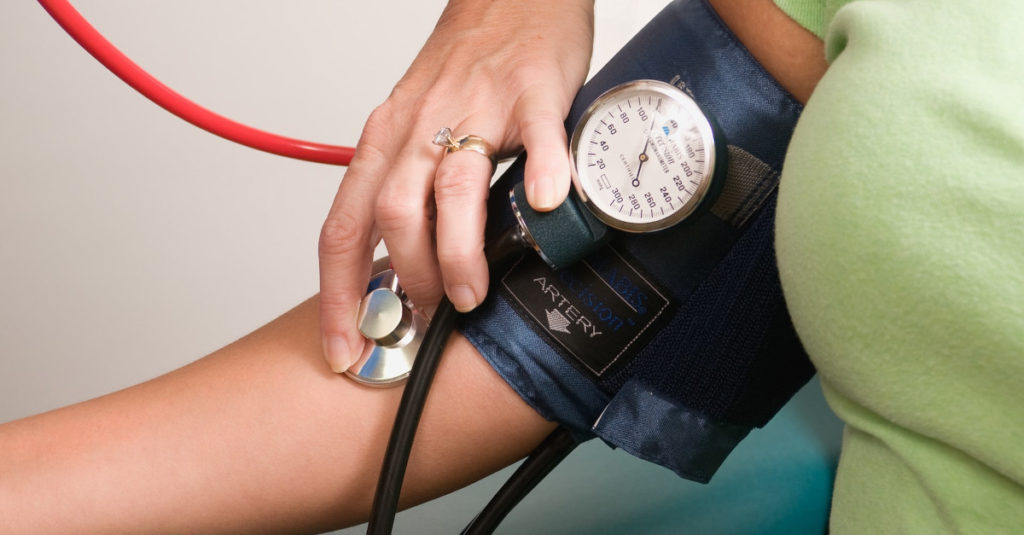A new study suggests that cumulative systolic blood pressure load may provide better prediction of major cardiovascular events than traditional blood pressure measurements.
The authors, led by Dr Nelson Wang of the George Institute for Global Health, Sydney, Australia, conclude that cumulative blood pressure load can be used in future cardiovascular risk prediction algorithms as an independent predictor of cardiovascular events. The study was published in the Journal of the American College of Cardiology.
According to the researchers, blood pressure measurements at a single timepoint have traditionally been used to manage hypertension, with adequate control defined as readings below predefined thresholds. The problem with this approach is that it fails to recognize blood pressure as a continuous measure fluctuating over time and does not acknowledge that the most recent recorded value does not necessarily represent previous blood pressure control.
In an ideal scenario, elevated blood pressure would account both for the magnitude and duration of cardiovascular disease risk. An example of such a measure is cumulative blood pressure load, which is defined as the area under the curve expressed in mm Hg over time.
Previously, only ambulatory blood pressure monitoring was used to calculate cumulative blood pressure load over a short period of time (24 hours). In this study, researchers sought to estimate the association between cumulative systolic blood pressure load and subsequent major cardiovascular events over a longer period (24 months).
Over a 24-month period, the cumulative systolic blood pressure load was calculated as the AUC for all measured systolic blood pressure values above 130 mm Hg divided by the AUC for all measured systolic blood pressure values above 130 mm Hg. There were 1469 major cardiovascular events and 1615 deaths over a median follow-up period of 7.6 years.
There were 14% more major cardiovascular events, 13% more all-cause deaths, and 21% more deaths related to cardiovascular disease for every one standard deviation increase in cumulative systolic blood pressure load.
As a predictor of cardiovascular events, cumulative systolic blood pressure load outperformed mean systolic blood pressure, time-below-target, and visit-to-visit systolic blood pressure variability, discriminated patients’ risk and reclassified them more accurately than the other measures.






